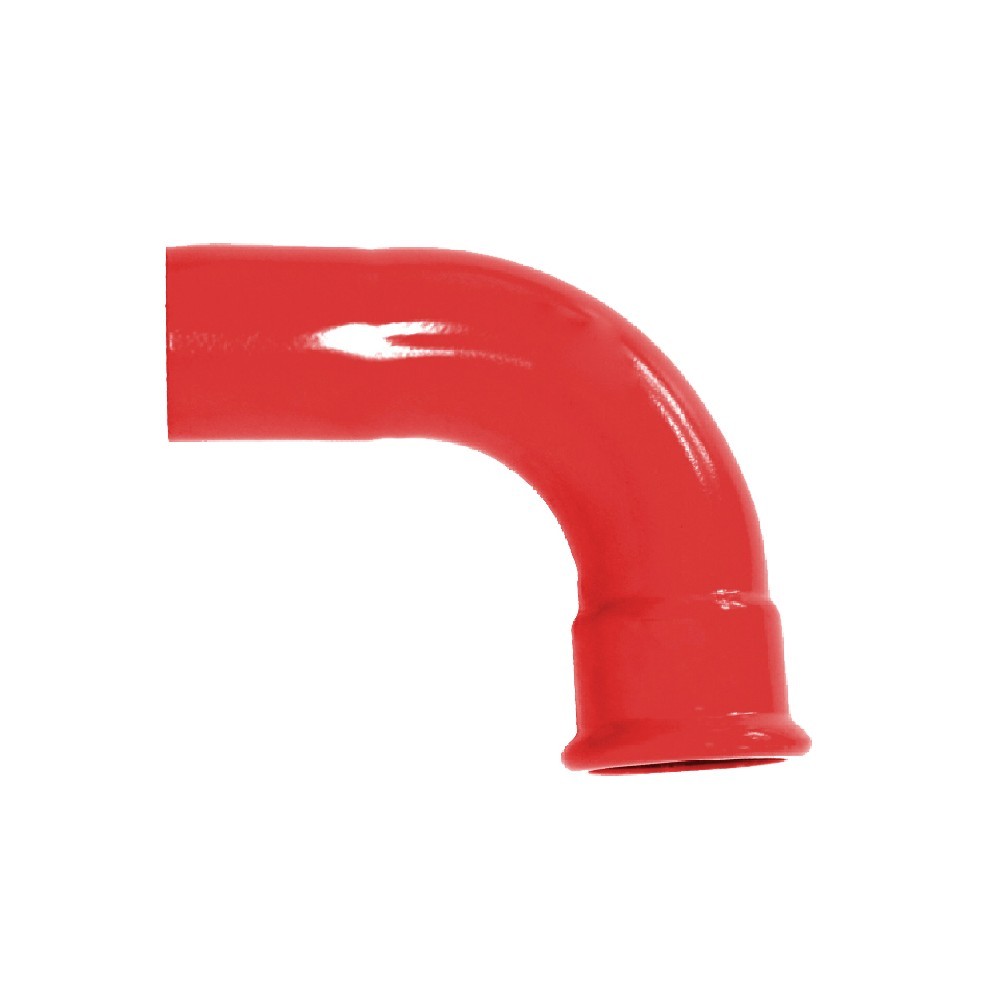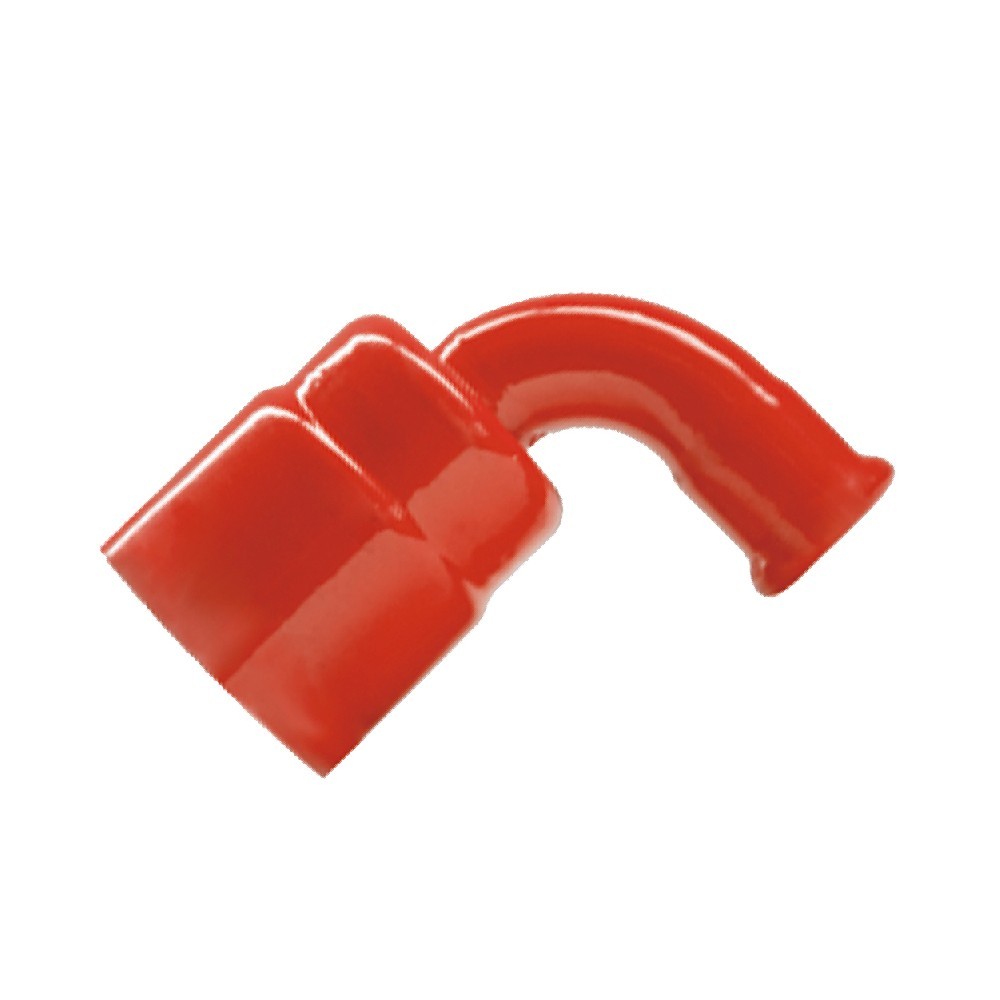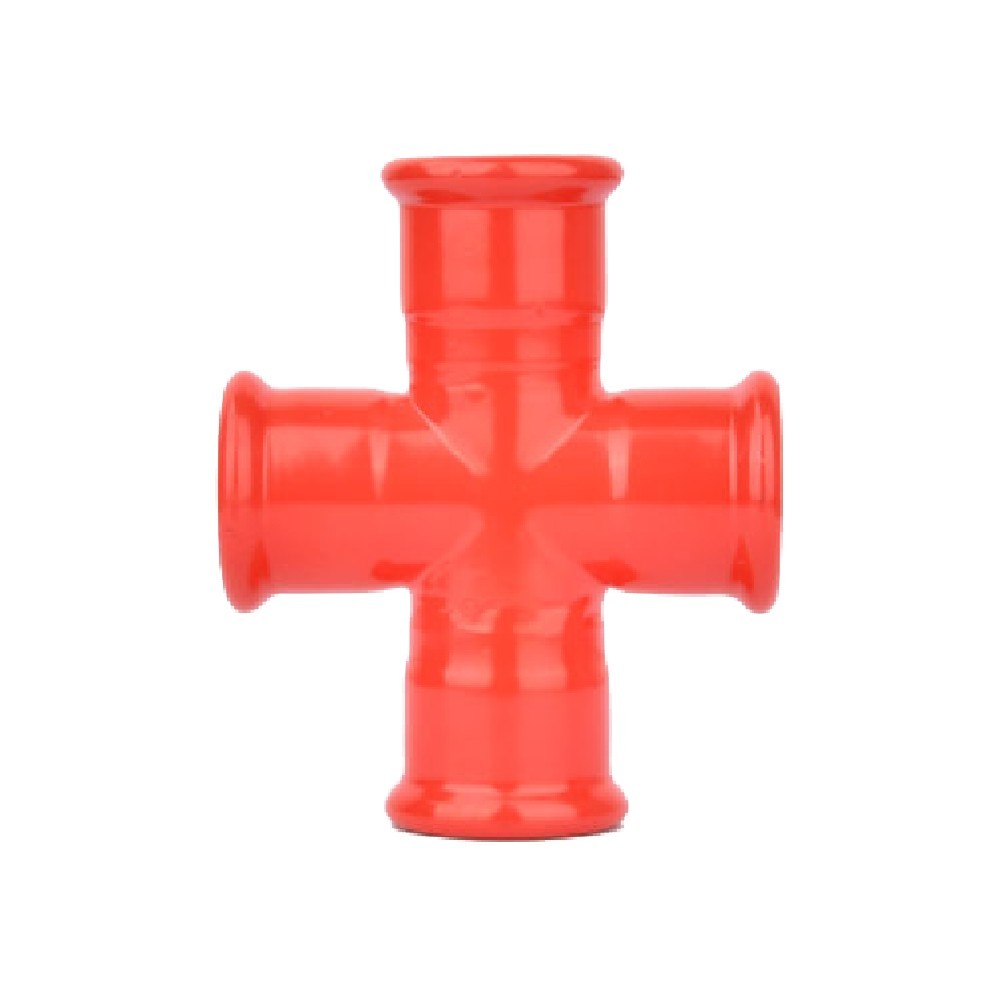Understanding the Role of 45° Obtuse Equal Elbow in Stainless Steel Piping Systems
Jun 01,2025
In the realm of construction and decorative materials, particularly within the stainless steel piping sector, the 45° obtuse equal elbow plays a crucial role in the efficient routing of pipes. This fitting is designed to change the direction of piping systems, allowing for smoother transitions and reduced turbulence in fluid flow. Understanding the characteristics and applications of 45° obtuse equal elbows can greatly enhance the effectiveness of piping layouts in various construction projects.
Firstly, the term "45° obtuse equal elbow" refers to a specific type of pipe fitting that creates a 45-degree angle in the piping system. The term "equal" indicates that both ends of the elbow have the same diameter, allowing for the seamless connection of two pipes of equal size. This design is particularly beneficial in applications where fluid dynamics are critical, as it minimizes abrupt changes in direction that can create pressure drops or increase wear on the piping system.
The use of 45° obtuse equal elbows is prevalent in various industries, including water supply, chemical processing, and HVAC systems. In water supply systems, for instance, these elbows help in directing the flow of water around obstacles, ensuring consistent pressure and reducing the risk of leaks. In chemical processing, the smooth transition provided by these fittings is essential for maintaining the integrity of the materials being transported, which often includes corrosive or sensitive substances.
In addition to their functional benefits, 45° obtuse equal elbows contribute to the aesthetic appeal of piping systems, particularly in architectural applications. Stainless steel, known for its durability and resistance to corrosion, is often chosen for its sleek appearance. Incorporating these fittings into designs not only serves a practical purpose but also enhances the overall visual appeal of the installation.
Moreover, the design of the 45° obtuse equal elbow allows for easier cleaning and maintenance compared to sharper angles. The gradual curve promotes better flow, reducing the buildup of debris that can occur in more angular fittings. This characteristic is particularly valuable in industries where hygiene is paramount, such as food processing and pharmaceuticals.
In conclusion, the 45° obtuse equal elbow is an integral component in the design and functionality of stainless steel piping systems. Its ability to facilitate smooth transitions, enhance aesthetic appeal, and simplify maintenance makes it a preferred choice among professionals in the construction and design industries. By understanding the importance of these fittings, industry practitioners can make informed decisions that optimize both the performance and longevity of their piping systems.
Firstly, the term "45° obtuse equal elbow" refers to a specific type of pipe fitting that creates a 45-degree angle in the piping system. The term "equal" indicates that both ends of the elbow have the same diameter, allowing for the seamless connection of two pipes of equal size. This design is particularly beneficial in applications where fluid dynamics are critical, as it minimizes abrupt changes in direction that can create pressure drops or increase wear on the piping system.
The use of 45° obtuse equal elbows is prevalent in various industries, including water supply, chemical processing, and HVAC systems. In water supply systems, for instance, these elbows help in directing the flow of water around obstacles, ensuring consistent pressure and reducing the risk of leaks. In chemical processing, the smooth transition provided by these fittings is essential for maintaining the integrity of the materials being transported, which often includes corrosive or sensitive substances.
In addition to their functional benefits, 45° obtuse equal elbows contribute to the aesthetic appeal of piping systems, particularly in architectural applications. Stainless steel, known for its durability and resistance to corrosion, is often chosen for its sleek appearance. Incorporating these fittings into designs not only serves a practical purpose but also enhances the overall visual appeal of the installation.
Moreover, the design of the 45° obtuse equal elbow allows for easier cleaning and maintenance compared to sharper angles. The gradual curve promotes better flow, reducing the buildup of debris that can occur in more angular fittings. This characteristic is particularly valuable in industries where hygiene is paramount, such as food processing and pharmaceuticals.
In conclusion, the 45° obtuse equal elbow is an integral component in the design and functionality of stainless steel piping systems. Its ability to facilitate smooth transitions, enhance aesthetic appeal, and simplify maintenance makes it a preferred choice among professionals in the construction and design industries. By understanding the importance of these fittings, industry practitioners can make informed decisions that optimize both the performance and longevity of their piping systems.
Latest News











